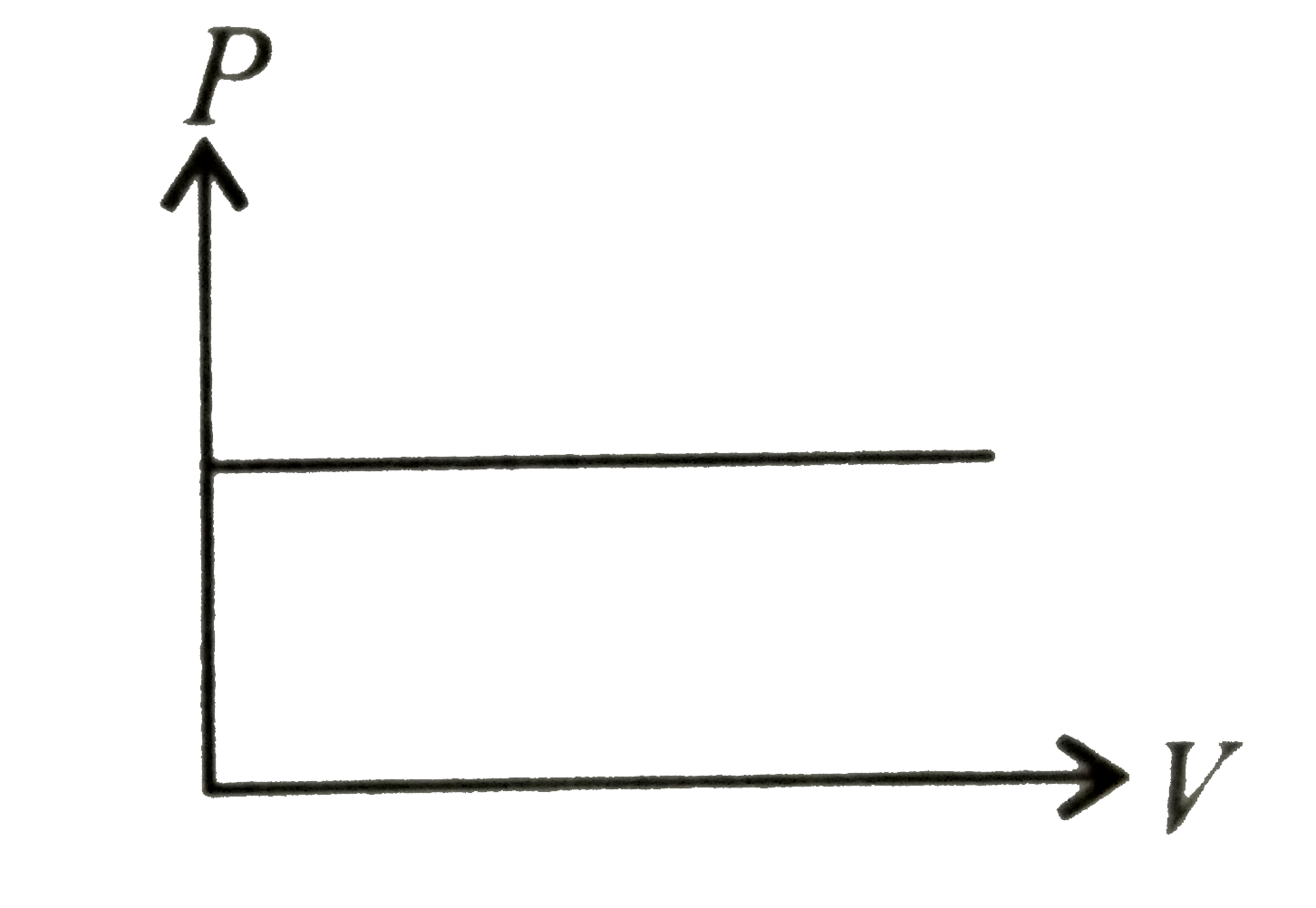Which of the following are correct processes ?
Fe+Al2O3→2Al+Fe2O3
ZnO+C→Zn+CO
Cr2O3+2Al→2Cr+Al2O3
2[Ag(CN)2]Ө+Zn→2Ag+[Zn(CN)4]2−.
The correct Answer is:B, C, D
To determine which of the given processes are correct, we will analyze each process step by step.
Step 1: Analyze the first process - Iron reacting with Alumina
- The first process states that iron can displace aluminum from alumina (Al₂O₃) to form iron oxide.
- However, this is incorrect because iron is less reactive than aluminum. In the reactivity series of metals, aluminum is placed above iron, meaning aluminum cannot be displaced by iron.
- Conclusion: This process does not occur.
Step 2: Analyze the second process - Reduction of Zinc Oxide
- The second process involves the reduction of zinc oxide (ZnO) using coke (carbon) as a reducing agent.
- The reaction can be represented as:
ZnO+Cheat−−→Zn+CO
- This process is indeed correct as it successfully reduces zinc oxide to zinc metal and produces carbon monoxide.
- Conclusion: This process occurs.
Step 3: Analyze the third process - Thermite Reaction
- The third process describes the thermite reaction, where aluminum reacts with chromium oxide (Cr₂O₃).
- The reaction can be represented as:
Al+Cr2O3→Al2O3+2Cr
- In this reaction, aluminum displaces chromium from its oxide due to its higher reactivity. This is a well-known reaction used for welding and producing chromium.
- Conclusion: This process occurs.
Step 4: Analyze the fourth process - Leaching of Silver
- The fourth process involves the leaching of silver, which typically refers to the process of extracting silver from its ore using a solvent.
- In this process, silver ions are dissolved and can later be precipitated out, often using a chemical like sodium chloride (NaCl) to form silver chloride (AgCl).
- This is a valid metallurgical process used for the extraction of silver.
- Conclusion: This process occurs.
Final Conclusion
- The correct processes among the given options are:
- Option 2: Reduction of Zinc Oxide
- Option 3: Thermite Reaction
- Option 4: Leaching of Silver
- Incorrect Process: Option 1 (Iron reacting with Alumina)
Summary of Correct Processes
- Correct Processes: 2, 3, and 4
- Incorrect Process: 1
- The first process states that iron can displace aluminum from alumina (Al₂O₃) to form iron oxide.
- However, this is incorrect because iron is less reactive than aluminum. In the reactivity series of metals, aluminum is placed above iron, meaning aluminum cannot be displaced by iron.
- Conclusion: This process does not occur.
- The second process involves the reduction of zinc oxide (ZnO) using coke (carbon) as a reducing agent.
- The reaction can be represented as:
ZnO+Cheat−−→Zn+CO
- This process is indeed correct as it successfully reduces zinc oxide to zinc metal and produces carbon monoxide.
- Conclusion: This process occurs.
- The third process describes the thermite reaction, where aluminum reacts with chromium oxide (Cr₂O₃).
- The reaction can be represented as:
Al+Cr2O3→Al2O3+2Cr
- In this reaction, aluminum displaces chromium from its oxide due to its higher reactivity. This is a well-known reaction used for welding and producing chromium.
- Conclusion: This process occurs.
- The fourth process involves the leaching of silver, which typically refers to the process of extracting silver from its ore using a solvent.
- In this process, silver ions are dissolved and can later be precipitated out, often using a chemical like sodium chloride (NaCl) to form silver chloride (AgCl).
- This is a valid metallurgical process used for the extraction of silver.
- Conclusion: This process occurs.
- The correct processes among the given options are:
- Option 2: Reduction of Zinc Oxide
- Option 3: Thermite Reaction
- Option 4: Leaching of Silver
- Incorrect Process: Option 1 (Iron reacting with Alumina)
- Correct Processes: 2, 3, and 4
- Incorrect Process: 1
Topper's Solved these Questions
- GENERAL PRINCIPLES AND PROCESS OF ISOLATION OF ELEMENTSBOOK - CENGAGE CHEMISTRY ENGLISHCHAPTER - GENERAL PRINCIPLES AND PROCESS OF ISOLATION OF ELEMENTSEXERCISE - Exercise (Single Correcttype)
106 Videos
- GENERAL PRINCIPLES AND PROCESS OF ISOLATION OF ELEMENTSBOOK - CENGAGE CHEMISTRY ENGLISHCHAPTER - GENERAL PRINCIPLES AND PROCESS OF ISOLATION OF ELEMENTSEXERCISE - Exercise (Assertion-Reasoning)
18 Videos
- GENERAL PRINCIPLES AND PROCESS OF ISOLATION OF ELEMENTSBOOK - CENGAGE CHEMISTRY ENGLISHCHAPTER - GENERAL PRINCIPLES AND PROCESS OF ISOLATION OF ELEMENTSEXERCISE - Exercises (Linked Comprehension)
42 Videos
- ELECTROCHEMISTRYBOOK - CENGAGE CHEMISTRY ENGLISHCHAPTER - ELECTROCHEMISTRYEXERCISE - Archieves Subjective
35 Videos
- GRIGNARD REAGENTS AND ORGANOMETALLIC REAGENTSBOOK - CENGAGE CHEMISTRY ENGLISHCHAPTER - GRIGNARD REAGENTS AND ORGANOMETALLIC REAGENTSEXERCISE - Exercises Archives (Linked Comprehension)
1 Video
Similar Questions
Knowledge Check
Which of the following process is correct for given P-V diagram.
 AAdiabatic processBIsothermal processCIsobaric processDIsochoric process
AAdiabatic processBIsothermal processCIsobaric processDIsochoric process
Which of the following are irreversible processes
View SolutionWhich of the following is the correct set of events involved in the process of decompostion?
View SolutionWhich of the following is/are correct when a nuclide of mass number (A) and atomic number (Z) undergoes radioactive process?
View SolutionWhich of the following is/are exothermic process?
View SolutionWhich of the following is endothermic process :
View SolutionWhich of the following is true for RNA processing ?
View SolutionWhich of the following is correct for repulsive process in real gas ?
View Solution